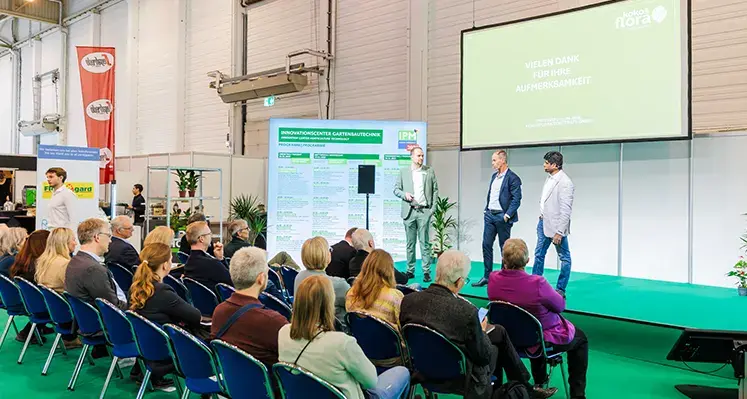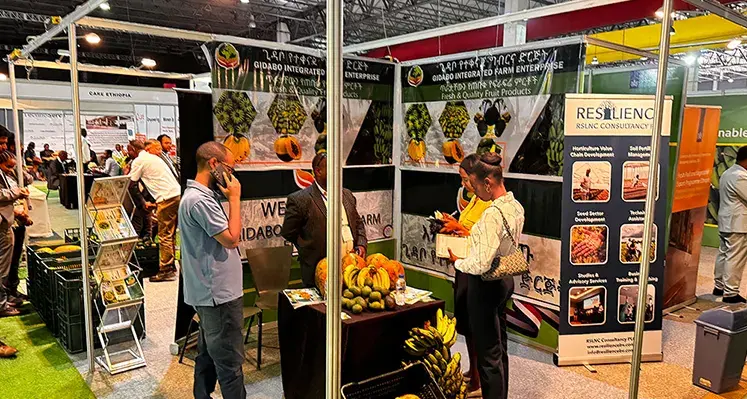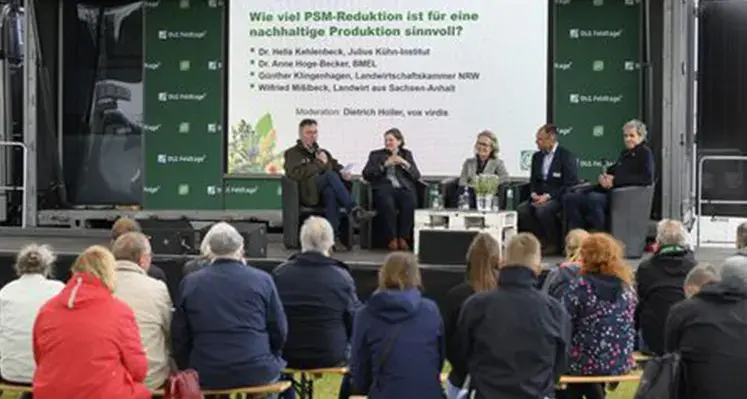From 27 to 30 January, IPM ESSEN 2026 will once again position itself as the world’s leading horticulture trade fair, delivering an inspiring, future-focused programme across three specialist stages at Messe Essen.
Trade visitors can expect a rich mix of research insights, hands-on expertise and cutting-edge innovation at the Gardeners Forum (Hall 2), the Innovation Center Horticultural Technology (Hall 4) and the brand-new Woodland Arena (Hall 7).
Knowledge and market trends at the Gardeners Forum
The Gardeners Forum remains a key knowledge hub, tackling the most pressing issues shaping modern horticulture. Topics such as energy efficiency, CO₂ reduction, sustainable propagation systems, Gen Z consumer trends and artificial intelligence in global supply chains will take centre stage. Highlights include Fred Kruisselbrink’s sessions on energy efficiency strategies, Floris Tas’ presentation on the substrate-free rooting system ‘RCS 2.0’, and Leon Hünting’s talk, ‘Customers of the future: How we as breeders prepare our partners for Gen Z’.
A panel discussion will explore how Fairtrade is empowering women in global cut flower supply chains, while Oboya CEO Robert Wu will share insights into AI-driven supply chain optimisation. Additional contributions come from leading names such as Bailey Nurseries, Florensis, Landgard and Ulmer Verlag.
Digitalisation and technology in Hall 4
In the Innovation Center Horticultural Technology, the spotlight is firmly on digitalisation, automation and climate-smart solutions. Visitors can discover digital pest detection from PurPest, peat substitute strategies from Gramoflor, and bio-based polymers presented by NTIC Europe. One standout session promises new approaches to urban greening through biochar substrates and satellite-based monitoring, highlighting measurable climate impact. Universities, research institutes and tech pioneers round out a highly practical, innovation-driven agenda.
Trees, cities and climate resilience in the Woodland Arena
New for 2026, the Woodland Arena addresses urban greenery, sustainable trees and climate adaptation. Expert talks cover biodiversity, flood-resilient plants, future urban trees and climate-resilient city planning. Sessions such as ‘Urban trees under stress – water availability, tree health and tree growth in urban environments’ underline the urgency of nature-based solutions for greener cities.
With its continuously updated programme, IPM ESSEN 2026 promises four days of inspiration, networking and forward-thinking ideas shaping the future of global horticulture.












